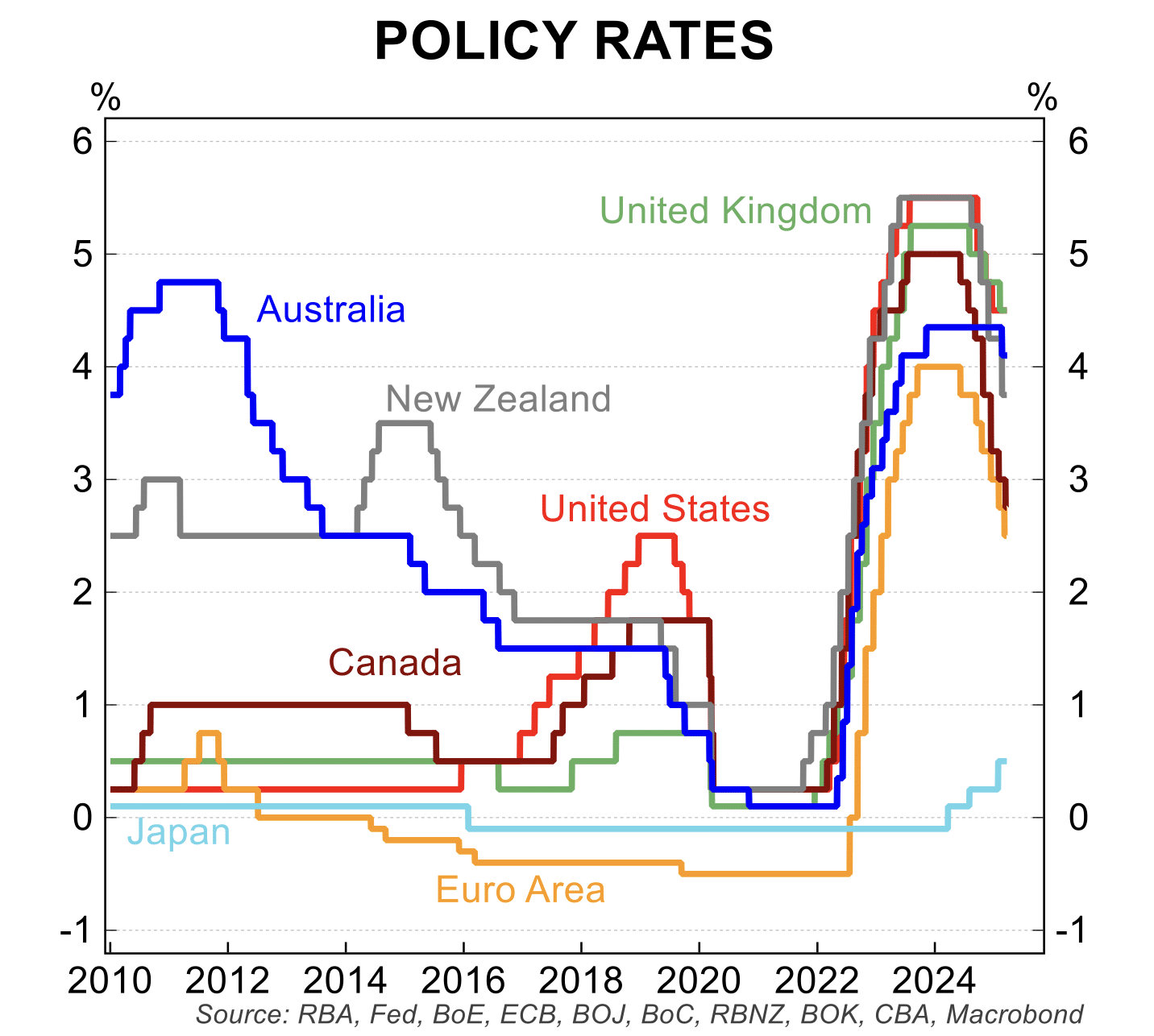Commercial real estate debt (CRE debt) is playing an increasingly important role in the Australian property market. As we continue to grapple with a national housing shortage, the pull back of funding from the Big 4 Banks and traditional lenders is adding fuel to the fire. This has caused the industry to look for alternative lending sources, which has seen the rapid rise of non-bank lenders in real estate financing.
Private debt refers to loans or credit extended by non-bank entities, such as private institutions, investment funds, or individuals, to companies or other borrowers. CRE debt is a subset of the broader private debt umbrella, and covers the segment of the market that finances commercial scale property, property for commercial use, or construction projects. The loan is secured against collateral, such as the physical real estate asset, which helps to protect investor capital.
Despite playing an important role in the property ecosystem, CRE debt is often shrouded in myths and misinformation. This can cause a lot of confusion, complexity, and hesitation for investors.
Here, we help you master the CRE debt market, busting myths, understanding the role of alternative lenders, and providing tips and tricks on navigating this growing asset class.

Understanding the CRE debt market
The commercial real estate debt market is vast and varied, presenting numerous opportunities for income-seeking investors. These investment opportunities are typically to fund new developments, property acquisitions, or the refinancing of existing property. In response to increased regulatory requirements following the Banking Royal Commission and Basel III reforms, traditional banks are tightening their loan books to the commercial property sector due to the significantly increased capital constraint. This change has opened the door for non-bank lenders like Zagga to offer more flexible loan solutions in much more efficient decision-making timeframes, particularly for property developers or asset owners with complex or ‘out of the box’ borrowing needs.
Commercial real estate debt is often mistakenly viewed to be complex with the processes, terms and conditions incorrectly labelled as “opaque”. This broad-brushed statement has led many investors to mistakenly believe it is a risky asset class. Yet, real estate senior debt financing sits at the top of the capital stack. This means in the event of a loan default creditors – the investors – are repaid first from any sale of the asset. This is in stark contrast to equity holders, which sit the lowest in the capital stack, and are repaid last in any enforcement event.
The scale of Australia’s alternative lending market is growing at pace, with real estate private debt accelerating at an average annual growth rate of more than 20%1. As more investment managers burst onto the scene, you must do your due diligence, separate fact from fiction, and seek out a trusted, reputable manager with demonstrated experience.
The role of alternative and non-bank lenders in the CRE debt market
Although the Tier 1 Australian banks continue to dominate the CRE debt market, a substantial funding gap – estimated at approximately $70 billion annually – still exists.
Common questions asked by potential investors in this growing asset class include:
A gap in the CRE debt market has always existed, but it became more pronounced following the Global Financial Crisis. Several key factors have contributed to this:
- the introduction of Basel II
- APRA’s implementation of Basel III
- higher capital requirements for Authorised Deposit-taking Institutions (ADIs), leading to tighter lending capacities
- the Banking Royal Commission
Collectively, these changes have led to stricter capital requirements for banks, significantly narrowing their lending criteria and reducing their risk appetite—particularly in commercial lending—to comply with regulatory demands.
However, this does not imply that the transactions or borrowers being declined by banks are not of high quality. Rather, it reflects the banks’ focus on only the most ‘vanilla’ selection of a much larger lending market.






Case Study: Successful commercial real estate debt financing
Risks associated with investing in CRE debt
While commercial real estate senior debt sits at the top of the capital stack, it is important to remember not all credit is created equal. To understand your investment risk, you should consider the investment manager’s track record, transparency over investment terms and conditions and fees, and whether the project is aligned with your risk appetite. Projects with greater complexity, scale, or longer timelines to completion will be higher up the risk curve.
CRE debt is a specialised asset class. It requires a specialist investment manager with deep expertise and a core focus on risk management. Historically, CRE debt has exclusively been the domain of large institutional investors. However, Zagga sought to change this and democratise access for all investors through our suite of bespoke solutions.
We take a strict approach to risk management. This includes rigorous lending parameters, ensuring every investment is 100% secured by a registered first mortgage, and giving investors choice over their preferred loan term, yield, and risk metrics to ensure the investment opportunity aligns with their investment objectives and risk appetite.
Before diversifying into alternative lending as an investment opportunity, you should ensure a thorough understanding of private markets and real estate lending.
Conclusion
Commercial real estate debt has an important role to play in the future of Australian real estate. For investors, it can also provide attractive, risk-adjusted returns and the opportunity to gain exposure to an asset class traditionally reserved for institutional investors and large-scale financial entities.
However, it is important to remember that every investment carries risk and ensure thorough due diligence to ensure the manager and investment opportunity are credible.
To learn more about CRE debt and how Zagga is delivering stable and risk-adjusted returns to our investors, get in touch with our team today.
1. Preqin, E&Y Research; 2023




